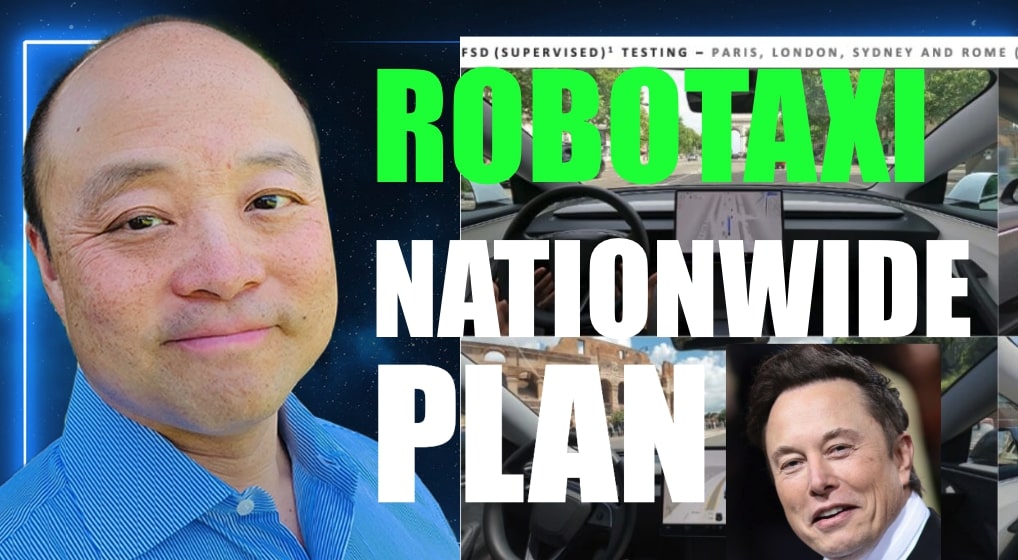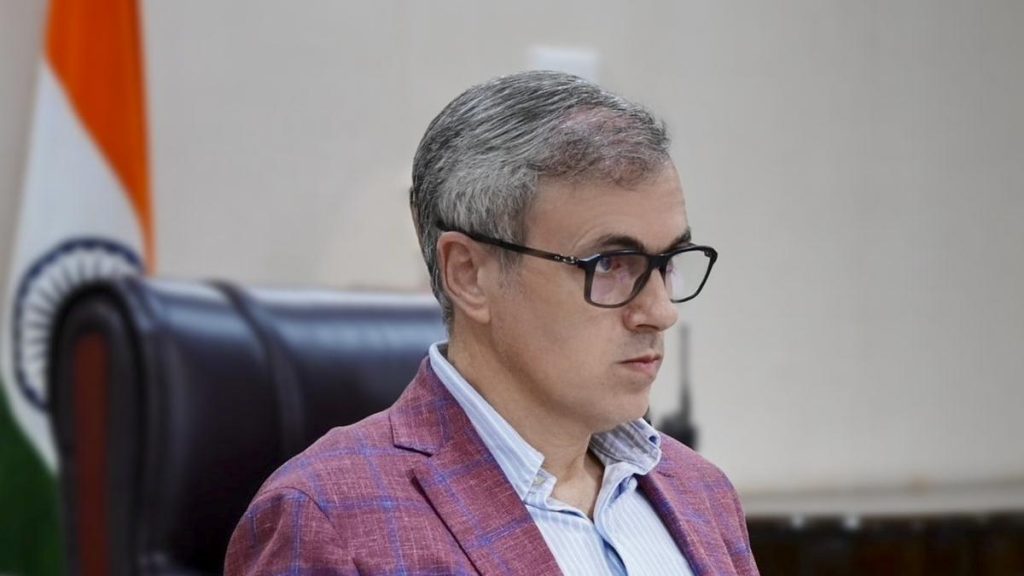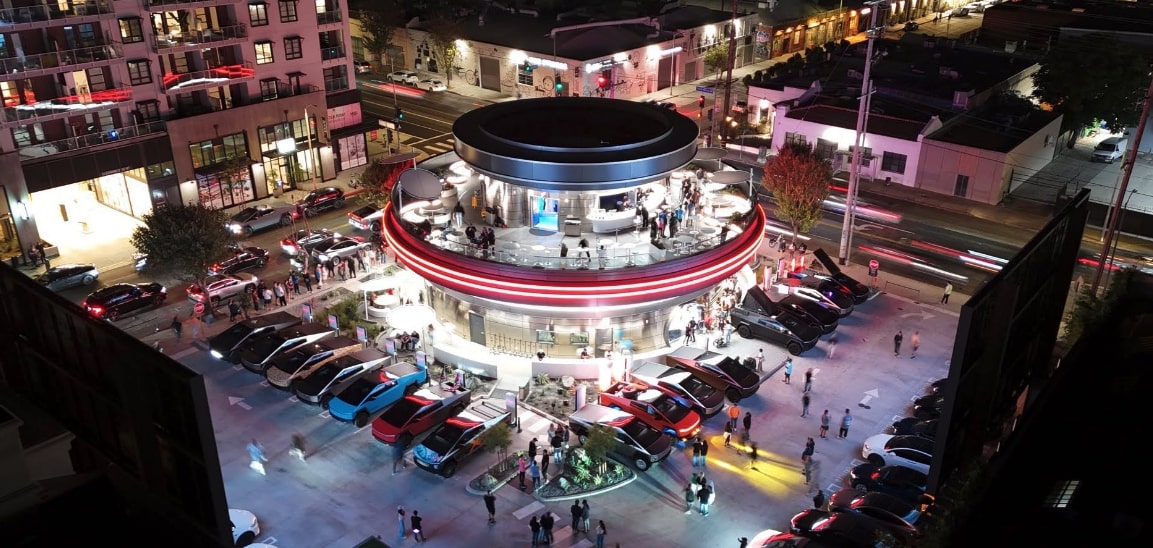Now Reading: Tesla Targets Nationwide Rollout for Robotaxi Service
-
01
Tesla Targets Nationwide Rollout for Robotaxi Service
Tesla Targets Nationwide Rollout for Robotaxi Service

Swift Summary
- Tesla plans to expand its robotaxi service in the Austin area to cover 300 square miles in two weeks.
- By the end of this year,Tesla aims to make robotaxis available for half of the U.S. population.
- The rollout likely involves launches in major cities across approximately ten states, including Texas, California, Arizona, and Florida.
- Sunbelt states are better suited for early adoption due to favorable weather conditions; Nevada, New Mexico, Georgia, Tennessee, and Oregon could also see service expansion.
- Cities with established tech hubs or AV hotspots such as Atlanta (Georgia), Chicago (Illinois), and North Carolina could be priority areas.
- Areas like New York and Pennsylvania may face delays due to stricter regulations despite urban density advantages.
- Tesla anticipates full self-driving (FSD) approval for China and Europe within a few months.
For additional details: Read More
Indian opinion Analysis
The development of Tesla’s robotaxi service demonstrates technological innovation at scale but raises critically important implications globally. While India’s automotive industry is yet to fully embrace autonomous vehicle technology on a large scale due to infrastructural challenges like inconsistent road conditions and regulatory hurdles, advancements such as Tesla’s can inspire progress toward integrating electric mobility solutions into India’s transportation sector.For India specifically:
- Urban Planning Implications: Cities with growing population densities-like Mumbai or Bengaluru-may observe similar trends when autonomous vehicles eventually enter the market here. Coping mechanisms like improved infrastructure planning may become vital lessons from such global initiatives.
- Policy Development Inspiration: Stricter regulations highlighted in U.S examples like New York could provide valuable frameworks for ensuring safety compliance.
Tesla’s declaration is less directly applicable immediately but still symbolic how FAR narrated those pre-concepts deserve monitoring globally…..

























